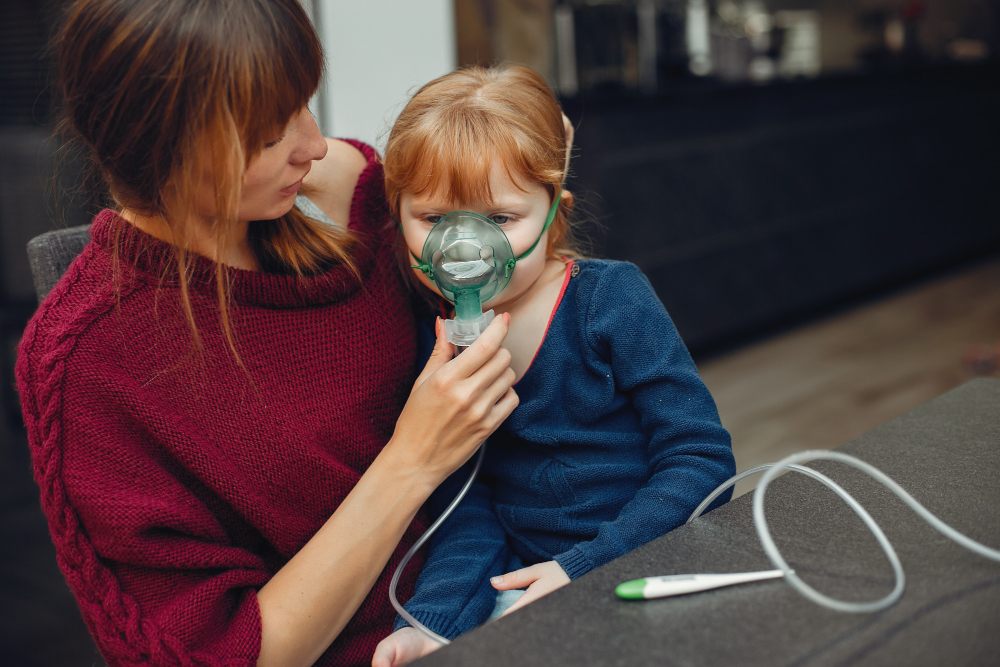Asthma in children is a common lung condition that affects many families in the US and around the world. It causes the airways to become swollen and narrow, making it hard for kids to breathe. Because asthma can start at any age, it is important for parents and caregivers to know the signs, causes, and best ways to manage it. Early care can help children lead healthy, active lives.
What is Asthma in Children?
Asthma in children is a long-term condition that affects the lungs. It makes the airways sensitive and can cause them to swell or tighten. As a result, children may have trouble breathing, especially during certain times or activities. Although asthma cannot be cured, it can be managed with the right care. According to the CDC, asthma is one of the most common chronic diseases in children.
Common Symptoms of Childhood Asthma
Recognizing childhood asthma symptoms early can help prevent serious attacks. Not every child will have the same signs, but some are more common. For example, symptoms may get worse at night or with exercise. Watch for these signs:
Sometimes, symptoms can be mild. However, they can also become severe quickly. If you notice these signs, talk to your child’s doctor.
Causes and Risk Factors
There is no single cause of asthma in children. Instead, several factors can increase the risk. For instance, children with a family history of asthma or allergies are more likely to develop it. Other risk factors include:
Even though these factors raise the risk, not all children with them will get asthma. Still, knowing the risks can help you watch for early signs.
How is Asthma Diagnosed in Children?
Doctors use several steps to diagnose asthma in children. First, they ask about symptoms and family history. Next, they may listen to your child’s breathing. Sometimes, they use simple breathing tests, such as spirometry, to check how well the lungs work. For younger children, doctors may watch symptoms over time. In some cases, allergy tests help find triggers. Early diagnosis is key to managing asthma in children well.
Treatment Options and Asthma Management
Asthma treatment for kids focuses on controlling symptoms and preventing attacks. Most children need a mix of daily and quick-relief medicines. For example, inhalers are common and easy to use. Treatment plans may include:
Because every child is different, doctors create a plan that fits each child’s needs. Managing asthma in children also means tracking symptoms and knowing when to use medicines.
Lifestyle Tips and Home Care
Good home care can make a big difference for children with asthma. For instance, keeping your home clean and smoke-free helps reduce symptoms. Try these tips:
With these steps, children can stay active and healthy. However, always follow your doctor’s advice for the best results.
Prevention and Reducing Triggers
While asthma cannot be fully prevented, you can lower the chance of attacks by avoiding triggers. Common asthma triggers in children include:
Because triggers can vary, keep a diary to spot patterns. This helps you and your doctor adjust the asthma plan as needed.
When to Seek Medical Help
Sometimes, asthma symptoms can get worse quickly. If your child has trouble speaking, breathing, or their lips turn blue, seek emergency care right away. Other times, you should call the doctor if:
Early action can prevent serious problems. Always keep your child’s asthma action plan handy.
In summary, asthma in children can be managed with the right care and support. If you have concerns about your child’s breathing, consult a pediatrician or asthma specialist for personalized advice.
